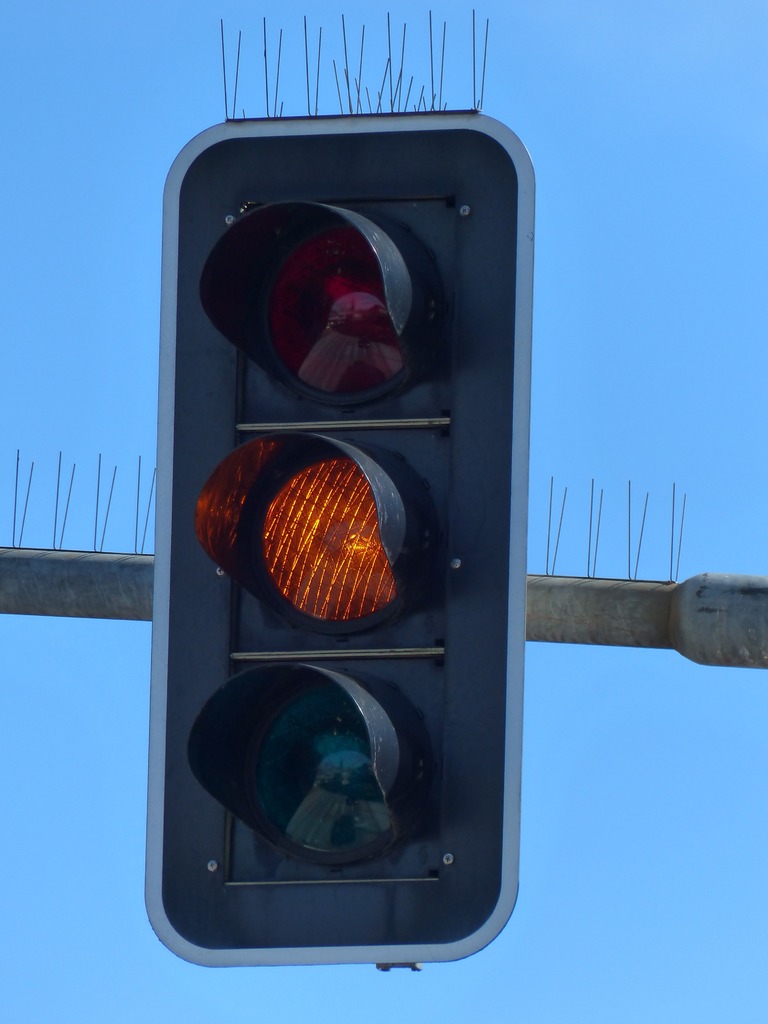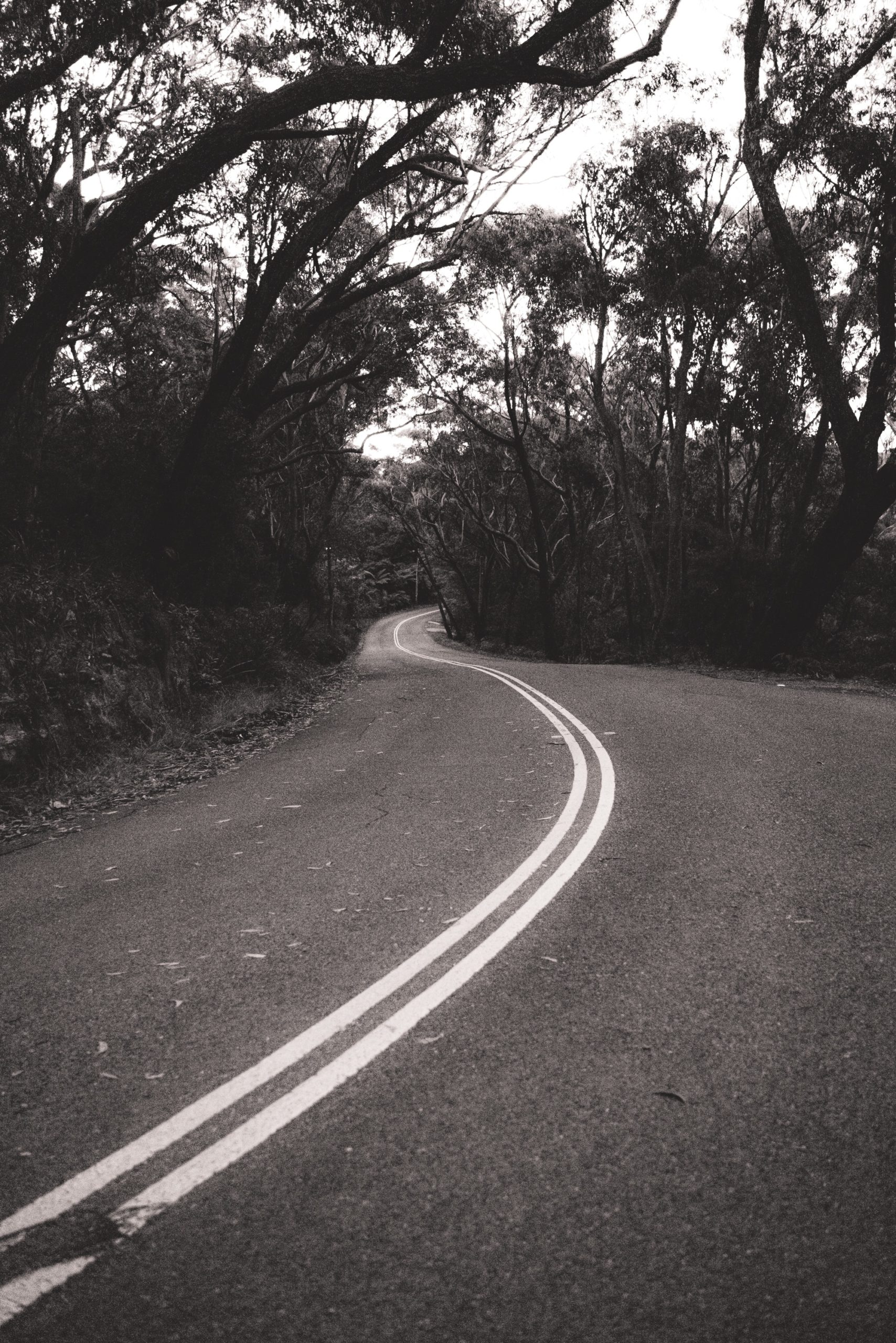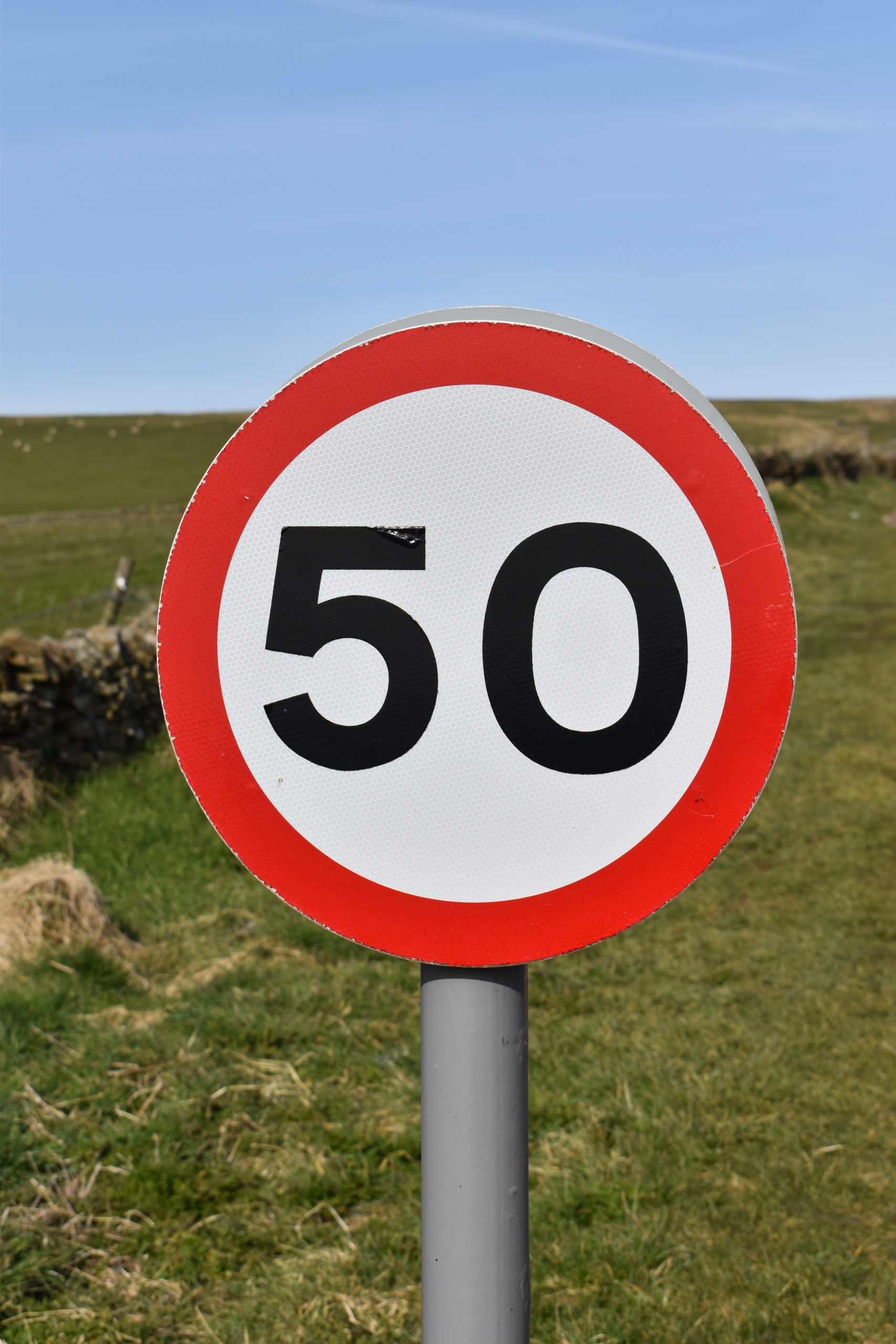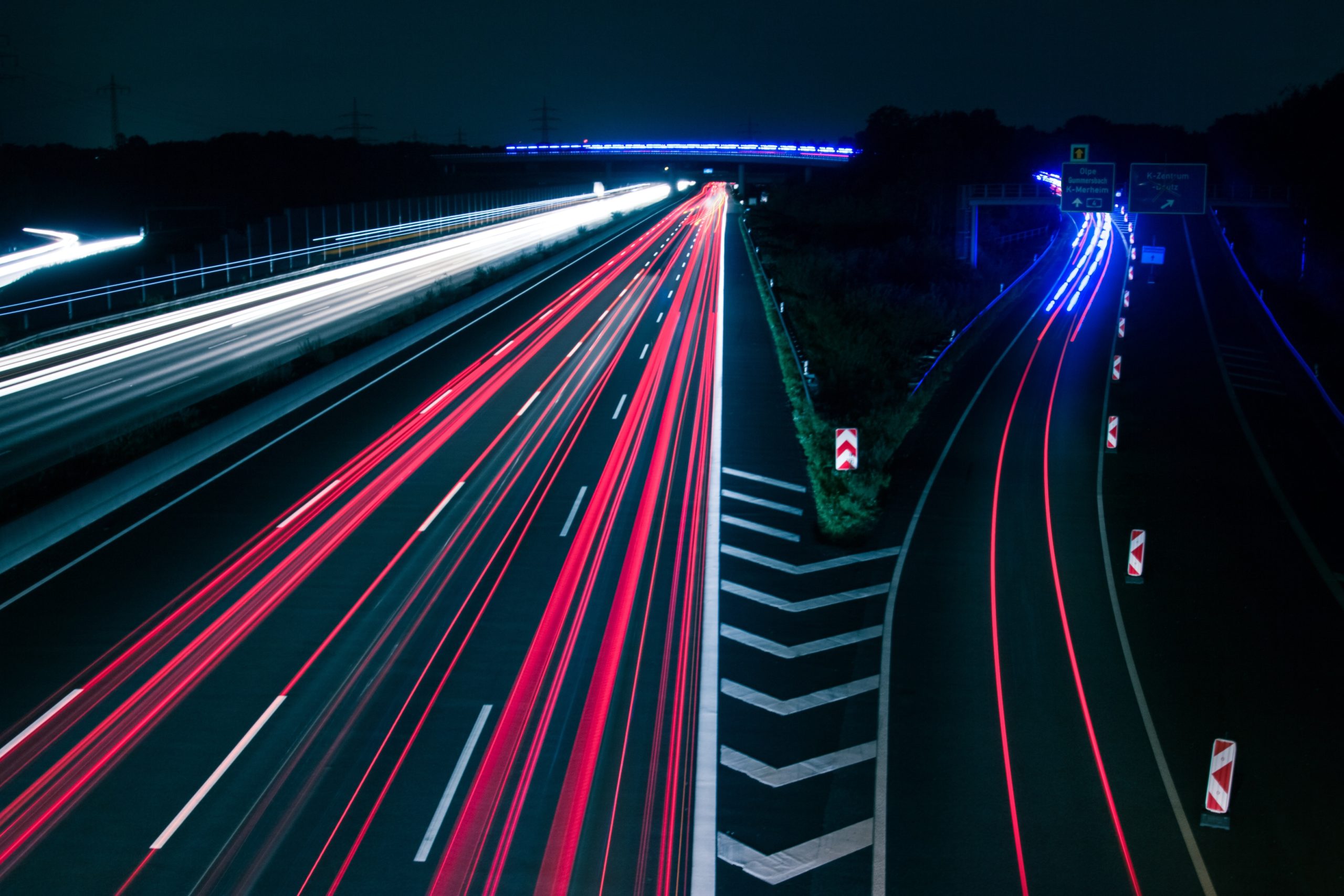By Vuyi Mpofu
There are numerous reasons why traffic laws exist but many motorists seem to habitually and deliberately ignore the rules of the road.
Traffic laws exist for the main reason of keeping road users safe. They are designed to:
- Reduce the occurrence of road accidents,
- Increase the ease and flow of traffic
- Protect our vehicles and public property from damage

Sadly, an increasing number of South Africans drive as though the rules of the roads are non-existent, resulting in thousands of fatalities and serious injuries annually.
Here are 6 of the most common rules motorists ignore.
1. Stop Signs
The word S-T-O-P is pretty self-explanatory and its meaning is not open for interpretation. A STOP sign means one needs to bring their vehicle to a standstill by ensuring that the wheels of their vehicle cease to rotate completely.

Slowing down or rolling through a STOP sign defeats the purpose of this uncomplicated rule. On roads such as ours, where tall grass and street vendors often obstruct one’s view, failure to adhere to this simple road rule often leads to horrific accidents.

2. Amber Traffic Lights
Traffic lights, also known as robots in South Africa are signalling devices situated at road intersections. They are designed to help control the flow of traffic and are usually set to appear as amber, red then green. However, many motorists only seem to obey traffic lights when the light is green.
For those in need of a reminder of what the different colours of a traffic light mean, here you go:
Red prohibits traffic from proceeding, i.e. one needs to come to a full stop at a red light.
Amber (also known as an ‘orange’ light) warns that the traffic light is about to change to red and means that motorists should reduce speed and prepare to stop.
Amber DOES NOT mean you should accelerate and try to get through the intersection before the light turns green. Remember that when the light facing you is either red or amber, it is green for other road users. Racing through an amber light usually ends in tragedy at the centre of the intersection and you could kill or seriously injure a road user who had right of way.
Green means it is safe for traffic to proceed through the intersection.

3. Solid White Lines
Single or double solid white lines indicate that lane changes are prohibited in that area. They usually appear on bends, curves and other areas where road planners deem it too dangerous for vehicles to overtake.
But, many South African motorists ignore the warning that solid white lines present resulting in head-on collisions and other equally high impact accidents.

4. Speed Limits
Speeding can be described as driving too fast for the conditions. It is so commonplace in South Africa, that those driving within the limit sometimes attract the wrath of other motorists. Sadly, many motorists seem to view the speed limit as a suggestion and, as one law enforcement official described it, ‘sometimes the motorist obeying the speed limit is the slowest vehicle on the road’.

Unsurprisingly, speeding is one of the common causes of road fatalities in our country. Speeding:
- reduces the time needed to avoid an accident
- reduces the driver’s ability to control and stop a vehicle safely
- make it difficult for a driver to safely drive through curves
- reduces a driver’s ability to avoid pedestrians, cyclists, motorcyclists, stray animals and stationary objects on the road
- increases a vehicle’s stopping distance

Suffice it to say that South Africans seem to forget that driving is more of a responsibility than a right. In the wrong hands, a motor vehicle is a deadly weapon and other than safety, traffic laws are intended to keep order.
When we don’t adhere to the rules of the road the result is frustration, lawlessness and chaos. By knowing and applying the road rules, we can drastically decrease the number of accidents on our roads.






